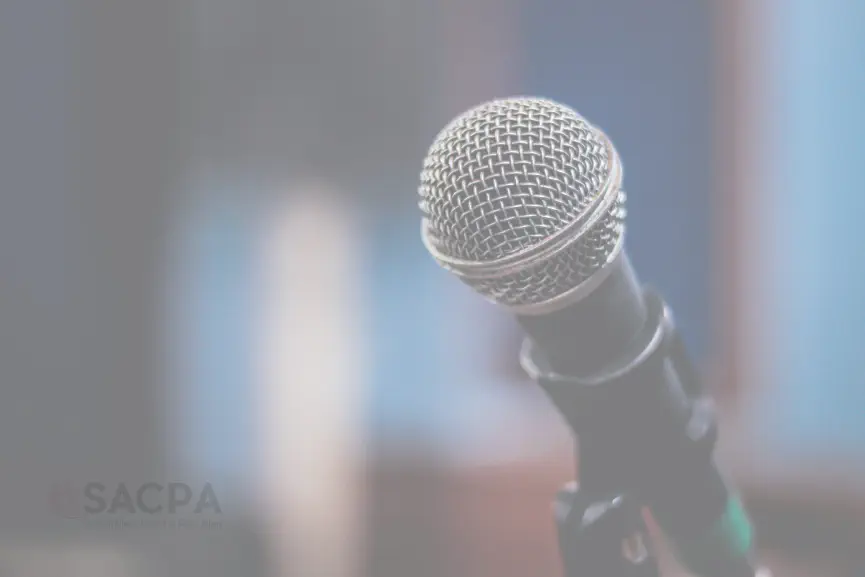
Back when colonization was in vogue, European explorers, looking for the sea route to China, stumbled upon the “New World,” which was new to them but whose citizens (why not call them Americans?) had lived there for centuries. In the name of and with the approval and support of the governments that had sent them out, these explorers systematically imposed their will and their rule on these first Americans.
The societies and cultures they encountered were swept aside in favour of the culture and agenda of the colonizers. Through a very deliberate campaign of domination and exploitation, in which the lives of the Americans did not matter, the newcomers killed them by the millions. Some scholars estimate that over one hundred million Americans died in the colonization of the “New World.”
The Americans who inhabited our part of the world, prior to the arrival of the Europeans, were the plains Indians, more specifically, the Blackfoot, or by their own name, the Niitsitapi. Their population was subsequently decimated during less than one hundred years of European influence and today they struggle for survival in the sub-standard living conditions historically allotted to them by the colonizers.
Who dares to admit that these Americans were the victims of genocide? What does their future hold?
Speaker: Roy Davidson
Roy Davidson is a lawyer, born and raised in Lethbridge, who now lives in Pincher Creek. He has recently completed a novel on Blackfoot history, the first in a series. His interest in human rights has taken him to the Guatemala City dump, to the streets of Bolivia and to Brocket. He has been a director of the Napi Friendship Society and the Horse Spirit Youth Society.